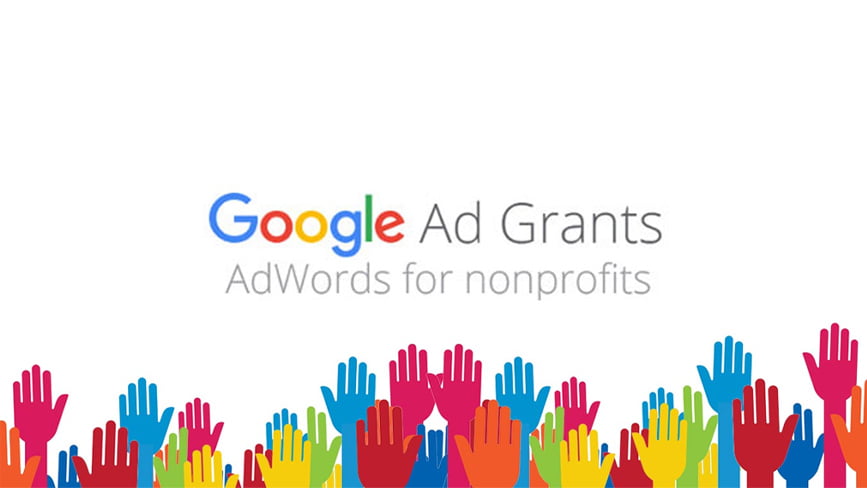The Google Ad Grants program helps eligible non-profits get $10,000 of free advertising. This is a wonderful way to improve the visibility of your cause and start delivering on your objectives. If you are focused on fundraising outcomes (donations), you can educate people on the issues you are looking to resolve. If you want to reach the beneficiaries of your work, Google Ad Grants will help you do so.
We’re sometimes determined to find a catch when something is actually free anyway. As with anything for free, we’re constantly getting questions from charities about what the limitations are. We’ll try to answer them here. The $10,000 is a great thing you should definitely apply for and get started on right away.

Limitations Of Google Ad Grants
Maximum CPC of $2
For super competitive search terms, advertisers usually pay more than $2 per click. You will be competing against advertisers with much deeper pockets than you have. This can make it challenging to reach the number one spot for these search terms.
With changes made in 2018, the Google AdWords program now allows businesses to go after keywords that cost more than $2. That is if they use Google’s automated bid strategy focused on conversions.
The Ad Grant boosts the bids automatically when the algorithms detect a higher probability of a targeted search term converting. In reality, for really competitive segments of traffic, the algorithms will not be able to boost bids enough for you to get visibility.
It is important to remember that bid price is only one of the many components in determining ad rank. If you invest smartly in your copy’s relevance, landing page experience, and expected click-through rate, then you can increase your ad rank even if you bid less than your competitors.
Google Search Only
You can only run your ads on Google. That means third-party websites that have installed the Google search bar on their sites are not included.
Google does not allow you to advertise on GDN
No banner or text ads. You won’t be able to run ads that reach people across GDN, which includes both display prospecting and remarketing. Those agile little ads that follow you around after you’ve visited a site and not converted.
Every day you only have $329 to spend on Google Ads. If you spend it all, ads stop displaying. Likewise, if you don’t spend this money, it does not roll over to the next month.
The daily budget can severely limit brands’ campaigns if they focus on the event and/or media moment-based keywords. For example, if a company wants to respond to an emergency or highlight a product launch, a $329 daily budget may not be enough for their ad campaign.
Location settings
Google requires that Ad Grant recipients choose locations where your ads are useful. This usually means the country in which your organization is registered or even state/city level. But some organizations with content that has genuine global appeal will be able to advertise across many countries.
click-through rate
The click-through rate of your Ad Grant account must be above 5% at all times to ensure continued funding.
Google has made it a requirement that you must have conversion tracking set up. This is imperative, as you can’t measure the impact of Ad Grants without it. One of the easiest ways to do this is usually by linking your Google Analytics account with your Ad Grant account. Importing your goals and eCommerce conversions would also help.
Make sure you’re measuring meaningful conversions. You should be focused on actions that matter. Things like donations, newsletter sign-ups, actions taken, and not micro-conversions such as how far people scroll down your site or pageviews.

